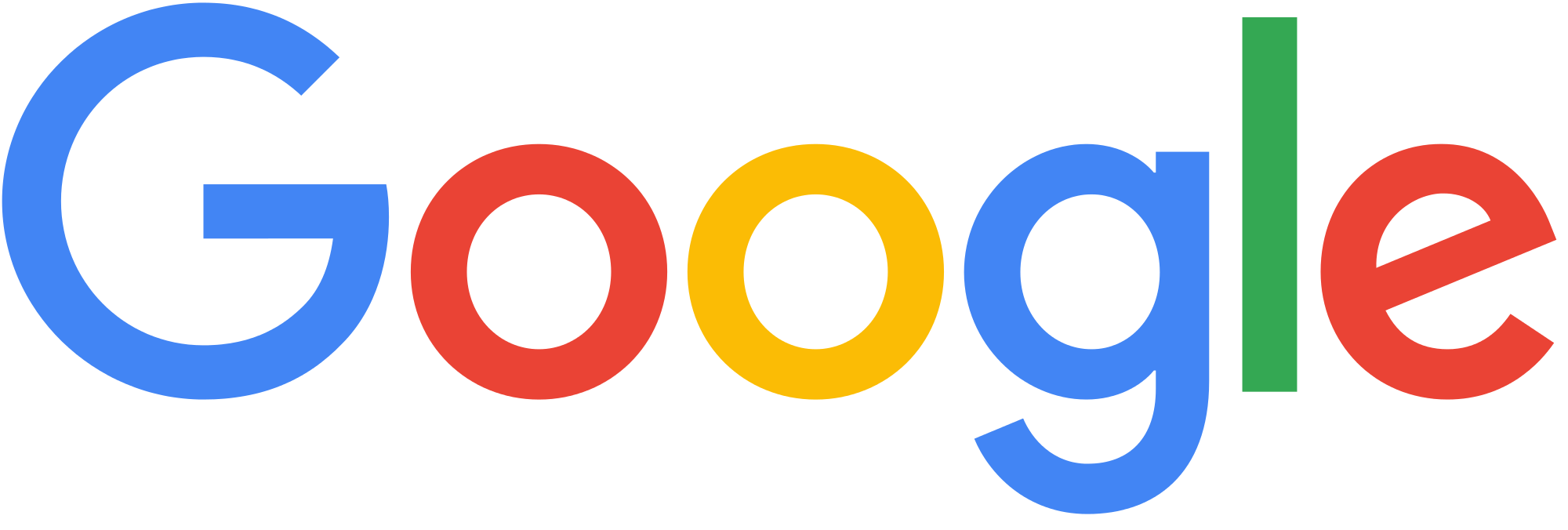
Code 4U
Come and Grow In The World Of Codes

Code 4U
Come and Grow In The World Of Codes

Code 4U
Come and Grow In The World Of Codes.

HTML (HyperText Markup Language) is the code that is used to structure a web page and its content.
Learn More
CSS (Cascading Style Sheets) is used to style and layout web pages.
Learn More
JavaScript (JS) is a cross-platform, object-oriented programming language used by developers to make web pages interactive.
Learn More





